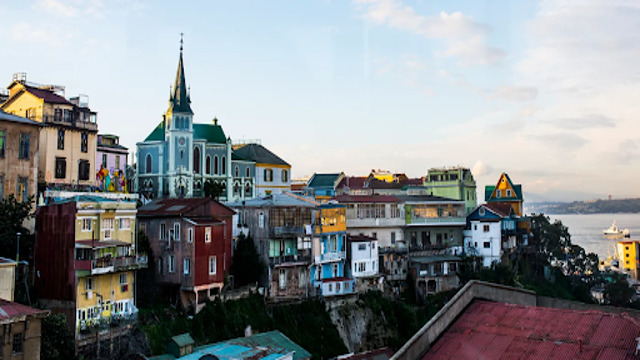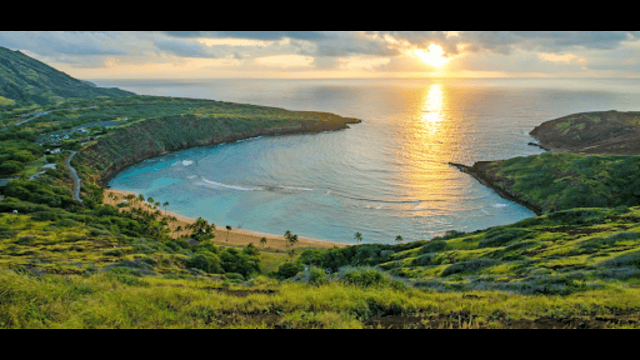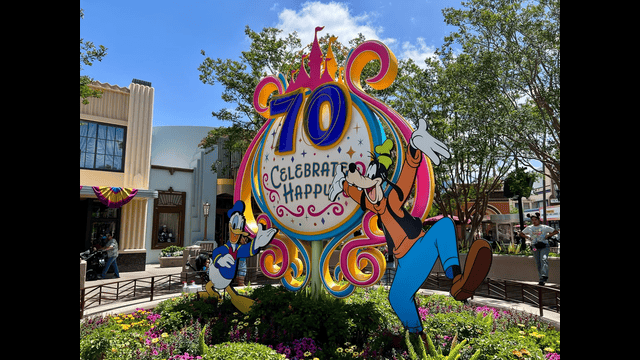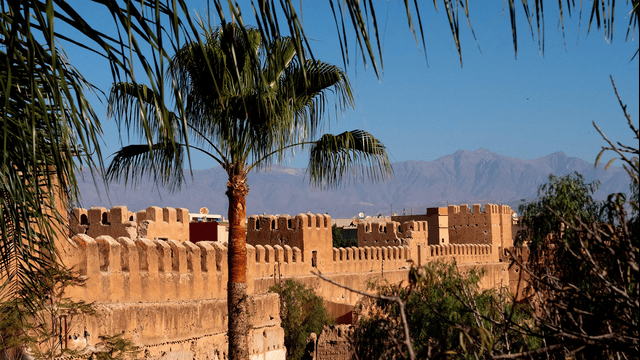
Valparaiso, Chile. Image: Travel Pulse
Chile offers a truly captivating cultural journey that takes visitors through a rich blend of history, diverse landscapes, and fascinating traditions. This South American country is home to some of the world’s most incredible archaeological sites, ancient heritage, and vibrant cultural practices, making it a perfect destination for history enthusiasts and cultural travelers alike.
One of the most significant treasures of Chile is the Chinchorro mummies, located in the Arica y Parinacota Region at the northern edge of the country. These mummies are considered the oldest known in the world, dating back over 7,000 years. They offer a rare glimpse into early human civilization. The San Miguel de Azapa Archaeological Museum and Colón 10 Site Museum in Arica feature these mummies, providing visitors with an opportunity to step back in time and learn about one of the earliest examples of human preservation.
Another jewel of Chile’s cultural heritage is Isla de Pascua, also known as Easter Island. This isolated island is famous for its mysterious moai statues—large stone figures that have puzzled researchers and visitors for centuries. Travelers can explore the ceremonial city of Orongo, visit historical sites like Ahu Vinaku, and immerse themselves in the unique cultural practices of the Rapa Nui people, the island’s indigenous inhabitants.
Chinchorro mummies. Image: Travel Pulse
For those looking to dive deeper into Chile’s cultural landscape, the country offers a wealth of museums. In Santiago, travelers can visit world-renowned institutions such as the National Museum of Fine Arts, the Museum of Memory and Human Rights, and the Museum of Contemporary Art. Each of these museums offers an in-depth look into Chile’s past and its vibrant artistic traditions. Regional museums are equally enriching, including the museums dedicated to poet Pablo Neruda in Valparaíso, the Meteorite Museum in San Pedro de Atacama, and the museums in Santa Cruz, which offer insights into the country’s rich history and culture.
Chile is also home to seven UNESCO World Heritage sites, each highlighting the nation’s cultural and historical significance. Among these are the ghost towns of Humberstone and Santa Laura in the Atacama Desert, the historic quarter of Valparaíso with its colorful buildings and unique architecture, and the remarkable Sewell Mining Town, known for its distinctive vertical design.
Isla de Pascua, Easter Island. Image: Travel Pulse
Indigenous tourism in Chile provides an opportunity to explore the traditions, cuisine, and historical sites of the country’s numerous indigenous groups, including the Mapuche, Aymara, Rapa Nui, and Atacameño peoples. These communities welcome travelers to engage with their culture, offering meaningful experiences that foster a deep connection to Chile’s roots.
The Churches of Chiloé are another notable cultural treasure. These 16th-century churches illustrate the blend of Spanish colonial influence and the indigenous Huilliche people’s traditions, providing a fascinating look at the country’s history of cultural exchange.
Museo de Arte Precolombino. Image: Travel Pulse
Lastly, the Qhapaq Ñan, the ancient Inca road system, stretches over 30,000 kilometers across South America. This remarkable feat of engineering showcases the Incas’ organizational skills and their influence in the region.
Chile offers an incredible blend of ancient history, vibrant culture, and stunning natural beauty. From the world’s oldest mummies to mysterious stone statues, and from its UNESCO sites to indigenous experiences, Chile is a country that tells its story in every corner.















